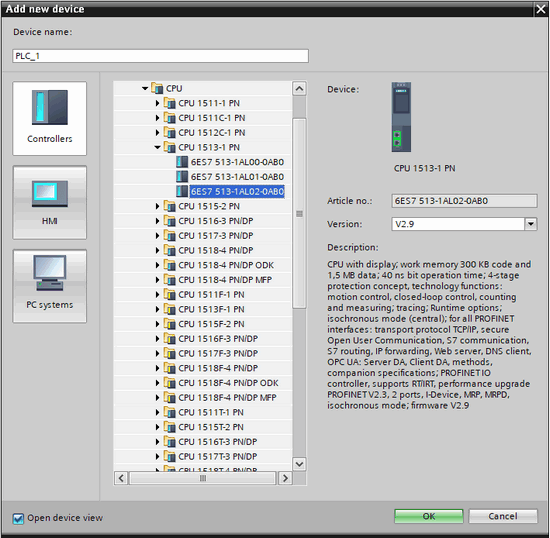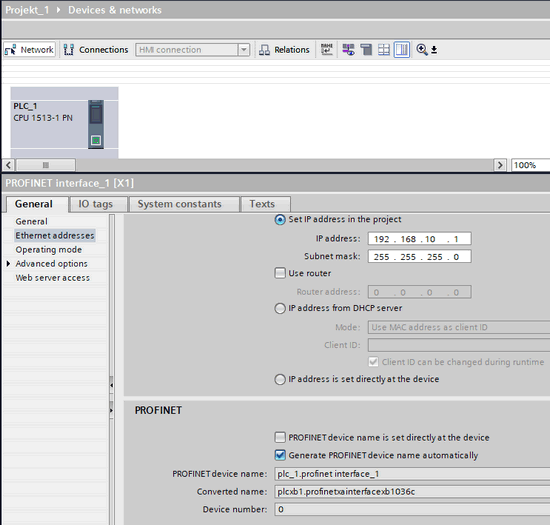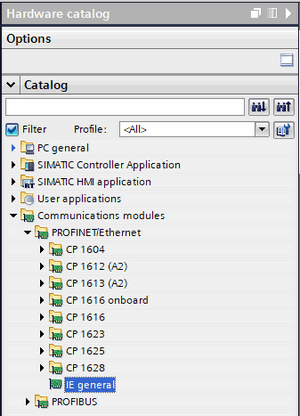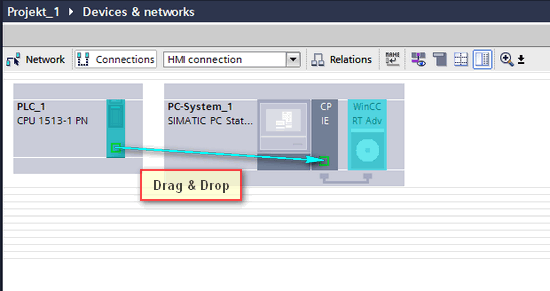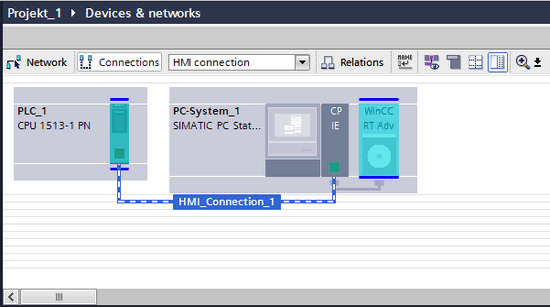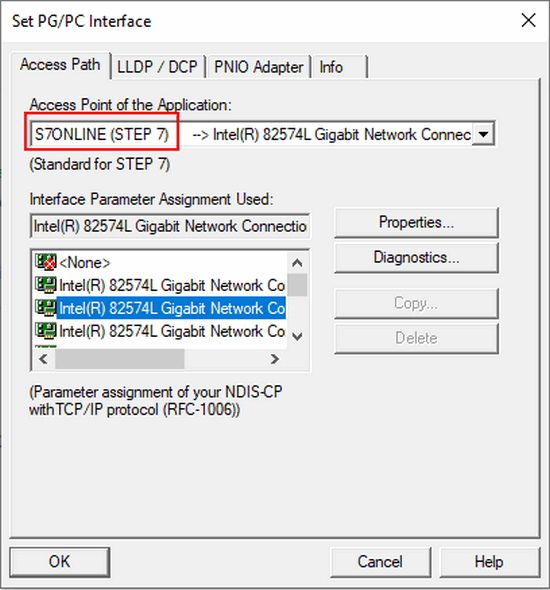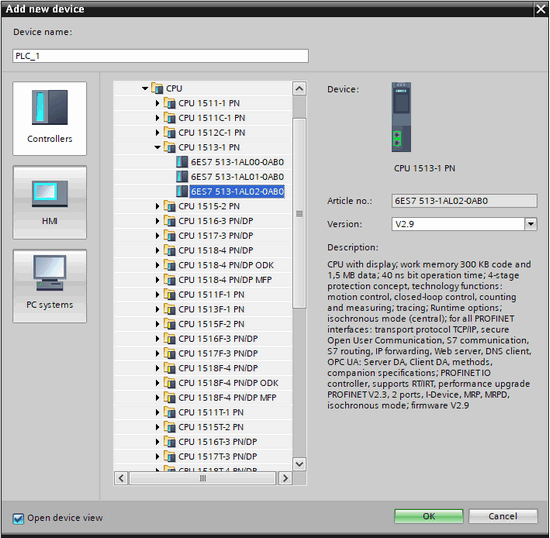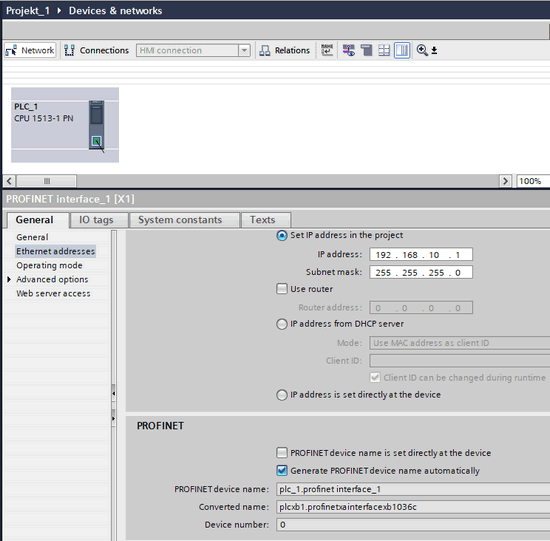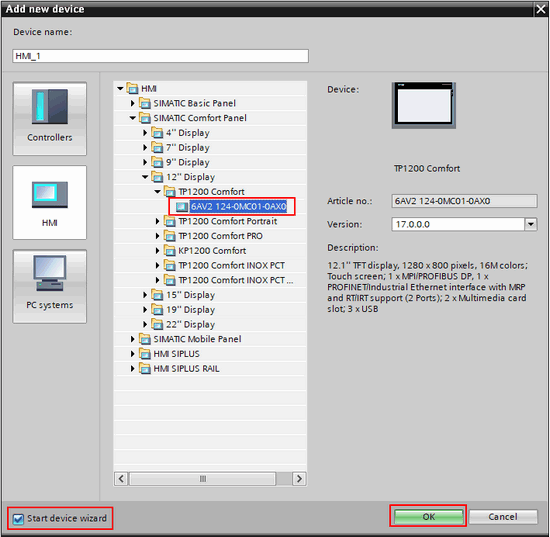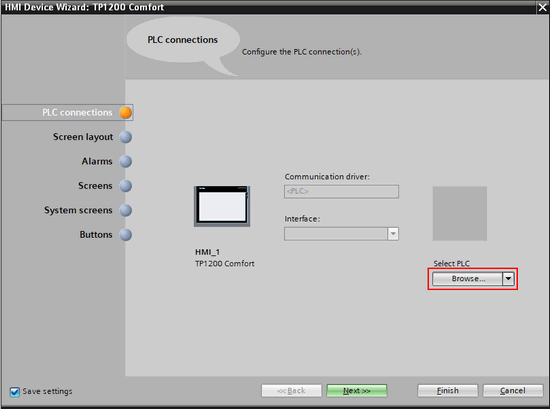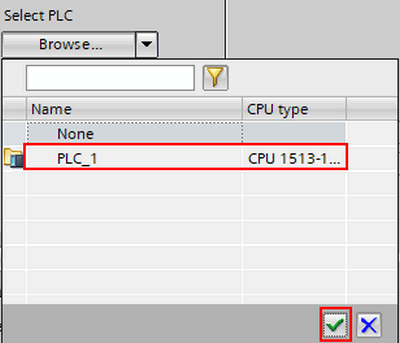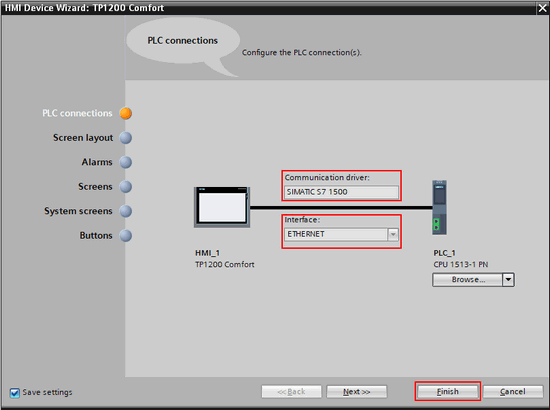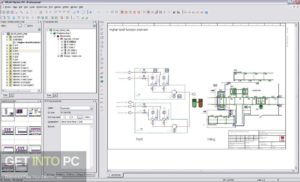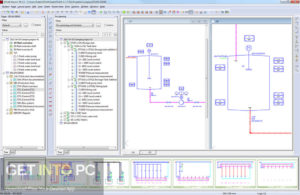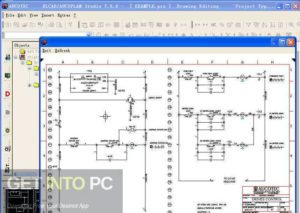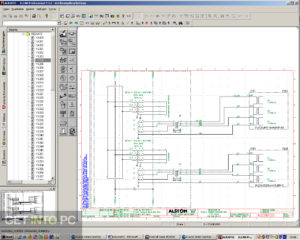Ready-for-use TIA Portal
TIA Portal example project for S7-1500
(S7-1511 and KTP700 Basic or MTP700 Unified Comfort) in
German, English, French, Spanish and Italian consisting of HMI visualization and WP321 function block (multiinstance ability).
7MH4138-6AA00-0BA0
SIWAREX WP321 WEIGHING ELECTRONIC (1 CHANNEL) FOR STRAIN GAUGE
LOAD CELLS / FULL BRIDGES (1-4 mV/V) FOR SIMATIC ET200SP, FITS to
BU-TYPE A0, RS485- INTERFACE FOR CONNECTION OF SIWATOOL OR A REMOTE
DISPLAY Detailed load cell diagnostics possible with digital junction
box SIWAREX DB (7MH5001-0AD20 or 7MH5001-0AD0
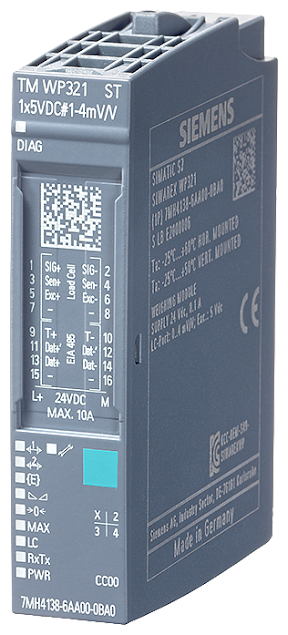
The .zip-file includes the following components:
- TIA Portal V15.1, V16, V17 and V18 project with SIWAREX WP321 – KTP 700 Basic
- TIA Portal V15.1, V16, V17 and V18 project with SIWAREX WP321 and SIWAREX DB – KTP700 Basic
- TIA Portal V17 and V18 project with SIWAREX WP321 and SIWAREX DB - MTP 700 Unified Comfort
ATTENTION:
STEP
7 V17 Update 4 and Unified Panel Image and/or Unified Runtime V17
Update 4 is required to use the Project including the MTP 700 Unified
Comfort Panel.
TIA Portal example project for S7-300 and
S7-400
(S7-315-2 PN/DP and TP700 Comfort or KTP700 Basic)
in German, English, French, Spanish and Italian consisting of HMI
visualization and WP321 function block (multiinstance ability). Please
use / copy the function
block included in the project for all other CPU of the 300 and 400
series as
well.
The .zip-file includes the following components:
- TIA Portal V15.1, V16, V17 and V18 project with SIWAREX WP321 – TP 700 Comfort
- TIA Portal V15.1, V16, V17 and V18 project with SIWAREX WP321 and SIWAREX DB – KTP700 Basic
========================================================================================
Ready-for-use-small TIA Portal
TIA Portal example project (S7-1511 and KTP700 Basic) in
German, English, French, Spanish and Italian consisting of HMI
visualization and WP321 function block (multiinstance ability) with
lower memory demand. This function block has the the data records 3, 6,
10 and 14 available only, which allow the commissioning of the scale,
the definition of the limits, as well as the selection of the process
values read by cyclic I/O communication.
All further data
records, as well as the advanced error message system and the
multiplexed commands 1, 2 and 3 are not available by this type of
function block!
The .zip-file includes the following components:
- TIA Portal V13 SP1, V14, V15, V15.1, V16, V17 and V18 project with SIWAREX WP321 – KTP 700 Basic

 Download (36,6 MB)
Download (36,6 MB)
========================================================================================
Library TIA Portal
TIA Portal V13, V14, V15, V15.1, V16, V17 and V18 global block
library with all available WP321 function blocks for S7-1200, S7-1500
and S7-Software Controller
ATTENTION: It’s important to choose the right project/library relating to the CPU firmware version!

 Download (24,4 MB)
Download (24,4 MB)
========================================================================================
Ready-for-use SIMATIC Manager
The S7-Classic project includes a ready-to-use project with a SIWAREX
WP321 connected to a CPU 315-PN/DP and a HMI with WP321 function block
(multiinstance ability). Please use / copy the function block included
in the project for all other CPU of the 300 and 400 series as well.
The .zip-file includes the following components:
- Simatic Manager V5.5 SP4 project with SIWAREX WP321 and KTP600 (WinCC flexible 2008 SP3)
- Simatic Manager V5.6 SP2 project with SIWAREX WP321, SIWAREX DB and KTP 700 (TIA Portal V15.1)
 Download (3,4 MB)
Download (3,4 MB)
========================================================================================
Ready-for-use-small SIMATIC Manager
The Simatic-Manager project-archive (SIMATIC Manager V5.5 SP4 is
required) includes a ready-to-use project with a SIWAREX WP321 connected
to a CPU 315-PN/DP and a HMI (KTP600 Basic) with WP321 function block
(multiinstance ability) with lower memory demand. This function block
provides access to the data records 3, 6, 10 and 14 only, which allow
the commissioning of the scale, the definition of the limits, as well as
the selection of the process values read by cyclic I/O communication.
All further data records, as well as the advanced error message
system and the multiplexed commands 1, 2 and 3 are not available with
this type of function block!

 Download (3,9 MB)
Download (3,9 MB)
========================================================================================
TIA Portal example project to program several SIWAREX WP321 in one project.
The
TIA Portal Project is based on the example project for S7-1500 in
German and English, it has been developed in order to connect several
scales to a 1500-CPU or 1200-CPU which is connected to a panel. This  document (2,2 MB) describes the procedure.
document (2,2 MB) describes the procedure.
The .zip-file includes the following components:
- TIA Portal V15.1, V16, V17 and V18 project with SIWAREX WP321 – TP 700 Comfort

 Download (30,8 MB)
Download (30,8 MB)
========================================================================================
TIA portal library for Siwarex WP321 to limit the simultaneously use of system function data record read and / or write
The
library is created for 1200 and 1500 CPU’s. The function block
“WP321_Token” is an extension of the “WP321_Multiplex” getting started.
This  document (568,9 KB) describes the procedure.
document (568,9 KB) describes the procedure.

 Download (228,3 KB)
Download (228,3 KB) WinCC_TIA_Portal_Ethernet_Transfer_en.pdf ( 758 KB )
WinCC_TIA_Portal_Ethernet_Transfer_en.pdf ( 758 KB ) 



